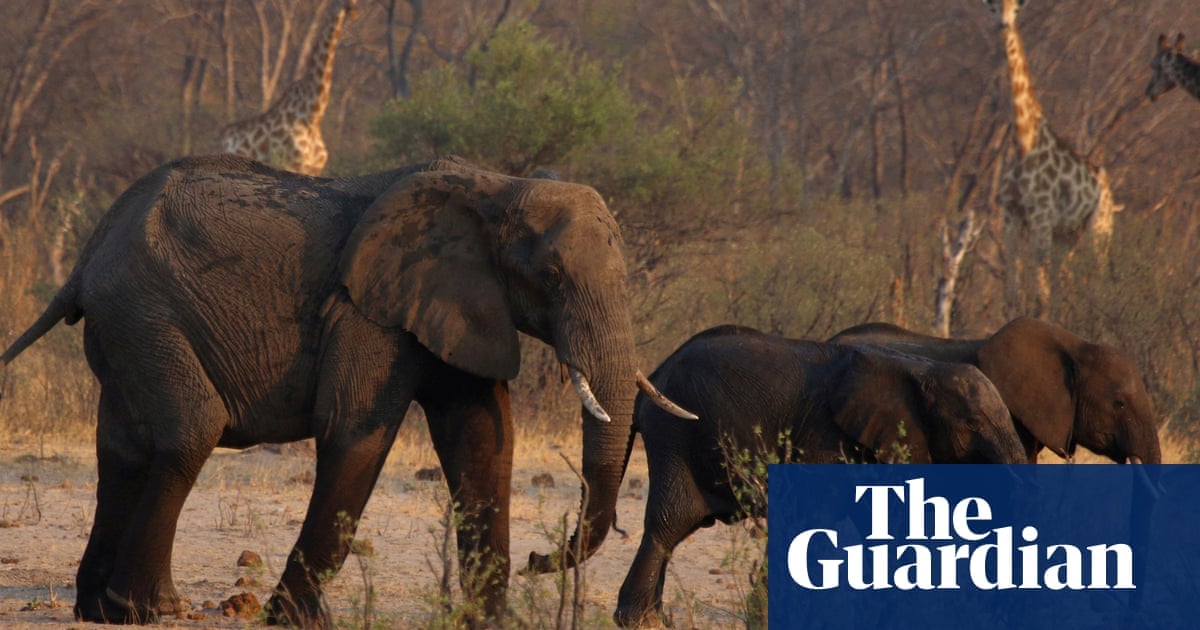- cross-posted to:
- [email protected]
- cross-posted to:
- [email protected]
Environment minister says country has more elephants than it needs while critics of hunt say they are a major tourist drawcard
Zimbabwe will cull 200 elephants as it faces an unprecedented drought that has led to food shortages, a move that tackle a ballooning population of the animals, the country’s wildlife authority has said.
Zimbabwe had “more elephants than it needed”, the environment minister said in parliament on Wednesday, adding that the government had instructed the Zimbabwe Parks and Wildlife Authority (ZimParks) to begin the culling process.
The 200 elephants would be hunted in areas where they had clashed with humans, including Hwange, home of Zimbabwe’s largest natural reserve, said the director general of ZimParks, Fulton Mangwanya.
…
Zimbabwe is home to an estimated 100,000 elephants – the second-biggest population in the world after Botswana.
Due to conservation efforts, Hwange is home to 65,000 of the animals, more than four times its capacity, according to ZimParks. Zimbabwe last culled elephants in 1988.



I think I draw the line at killing anything that forms strong life long family bonds, this includes Elephants. We need to find another way to keep their numbers down.
It seems like it’s an issue of either culling them now or letting them starve to death. What other option is there? Where could they go? Climate change will just make this worse.
Headline makes it sound like, “Well, we’re going to have to eat elephants.”
That’s why it’s worth reading past the headline.
Agreed! I feel like now, while we’re thinking about these very charismatic creatures, might be a good time to remind folks about cattle, who form strong social and familial bonds
https://www.sciencedirect.com/science/article/pii/S0168159114003128
https://www.encyclopedia.com/science/encyclopedias-almanacs-transcripts-and-maps/cattle-family-bovidae
https://animalequality.org/blog/2024/08/19/dairy-industry-hurts-cows/
Food for thought